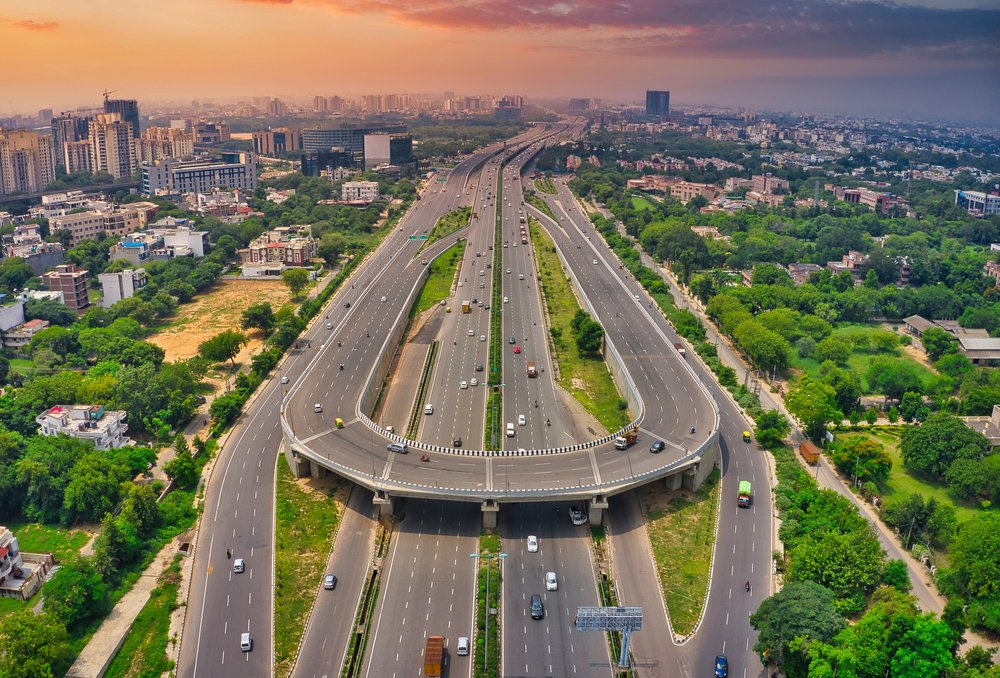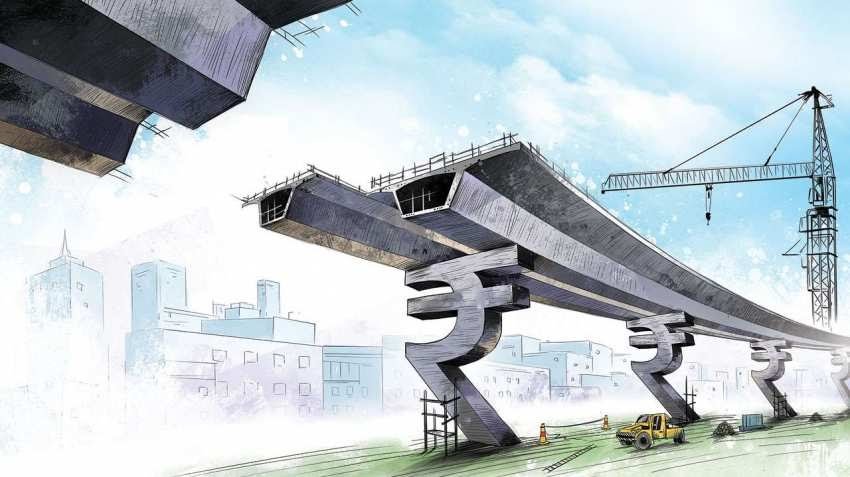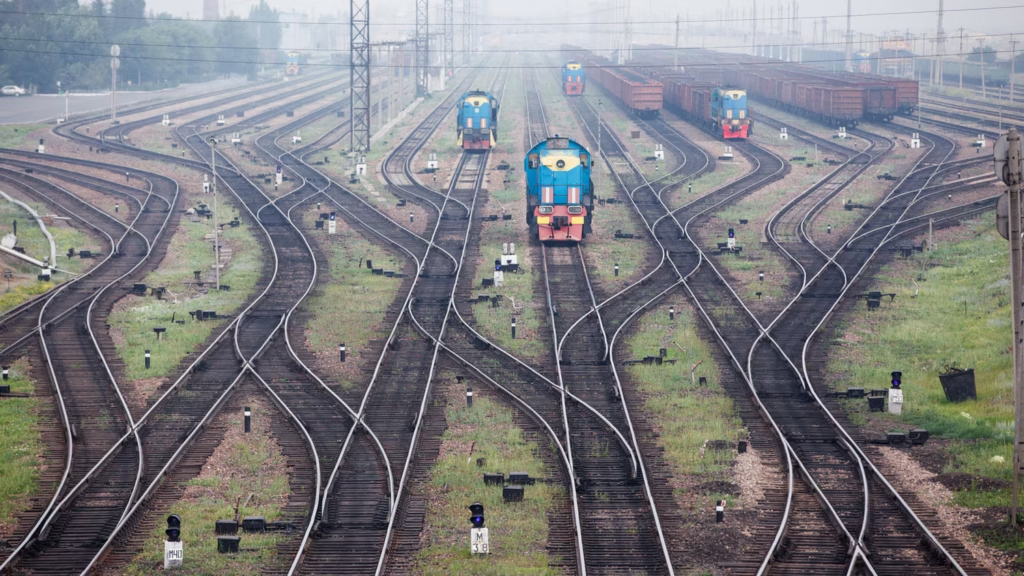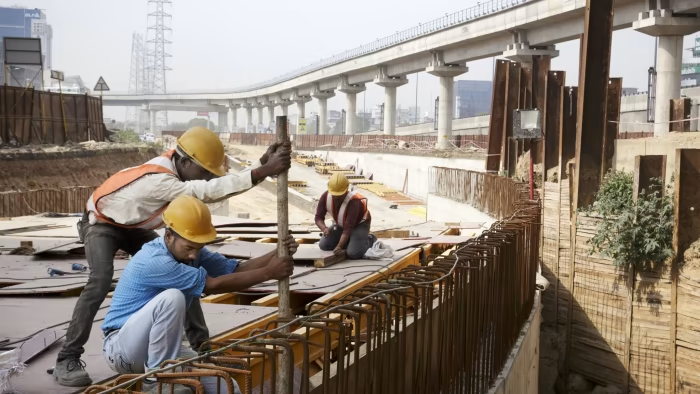India’s infrastructure space has seen a transformation of sorts over the last ten years, with capex seeing an exponential growth. Union Finance Minister Nirmala Sitharaman, addressing an event on Monday, credited the progress to the government’s sustained and strategic efforts towards creating strong physical infrastructure across segments.

The capex of the central government has risen dramatically—up from ₹1.68 lakh crore in 2014-15 to ₹10 lakh crore in 2023-24, which is a close to six-fold increase. For the financial year 2024-25, the government has provisioned ₹11.11 lakh crore as capital outlay, highlighting its determination to propel long-term economic growth through the development of infrastructure.
“Infrastructure is the driving force of economic growth and generation of employment. The last decade has witnessed India transition from construction of basic infrastructure to transformative and integrated construction of infrastructure,” said the Finance Minister.
Roads, Railways, and Aviation Drive Growth
The road industry, through the Bharatmala and PM Gati Shakti programme, has seen the development of thousands of national highway and expressway kilometers. National highway length has gone from approximately 91,000 km in 2014 to more than 1.46 lakh km in 2023, based on official figures. The construction rate of highways has also risen from 12 km/day in 2014-15 to almost 30 km/day in recent times.

Similarly, investment has seen dramatic scaling up in Indian Railways. Its annual capex has increased from ₹60,000 crore in 2014-15 to more than ₹2.4 lakh crore in 2023-24. This facilitated huge electrification drives, network expansion projects, station redevelopment works, and introduction of advanced trains such as Vande Bharat.
The civil aviation industry has also increased the country’s airports two-fold—from 74 in 2014 to 148 by 2024—enhancing regional connectivity under the UDAN scheme. Post-pandemic passenger traffic has revived, with expectations to reach 400 million a year by 2026.
Port Capacity and Urban Infrastructure
India’s major ports have doubled their capacity to handle cargo in the past decade. The Sagarmala program has seen modernization initiatives lower turnaround time and enhance logistics efficiency.
Urban infrastructure has also seen growth, with metro rail connectivity spreading across more than 20 cities. Water and sanitation works under programs such as AMRUT and Swachh Bharat have enhanced quality of living in cities and towns.

Strategic Framework
Programs like the National Infrastructure Pipeline (NIP), PM Gati Shakti Master Plan, and National Monetisation Pipeline (NMP) have given a systematic framework to infrastructure development. All these reforms are directed towards enhancing project delivery, mobilising private investment, and fostering inter-ministerial coordination.

With a clear emphasis on sustainable and inclusive growth, the government plans to keep investing in infrastructure to drive its vision of a $5 trillion economy.

